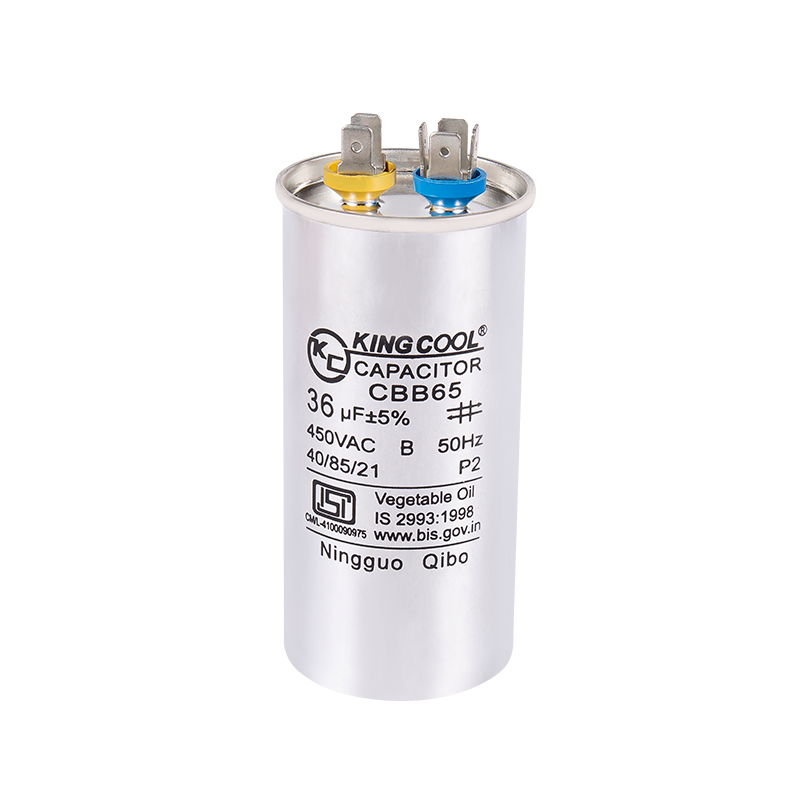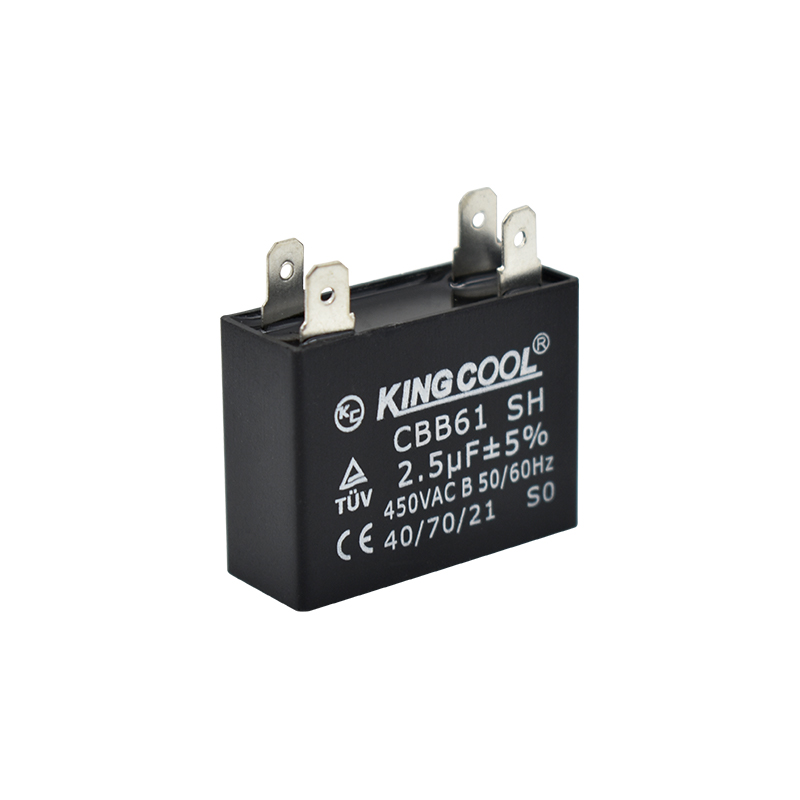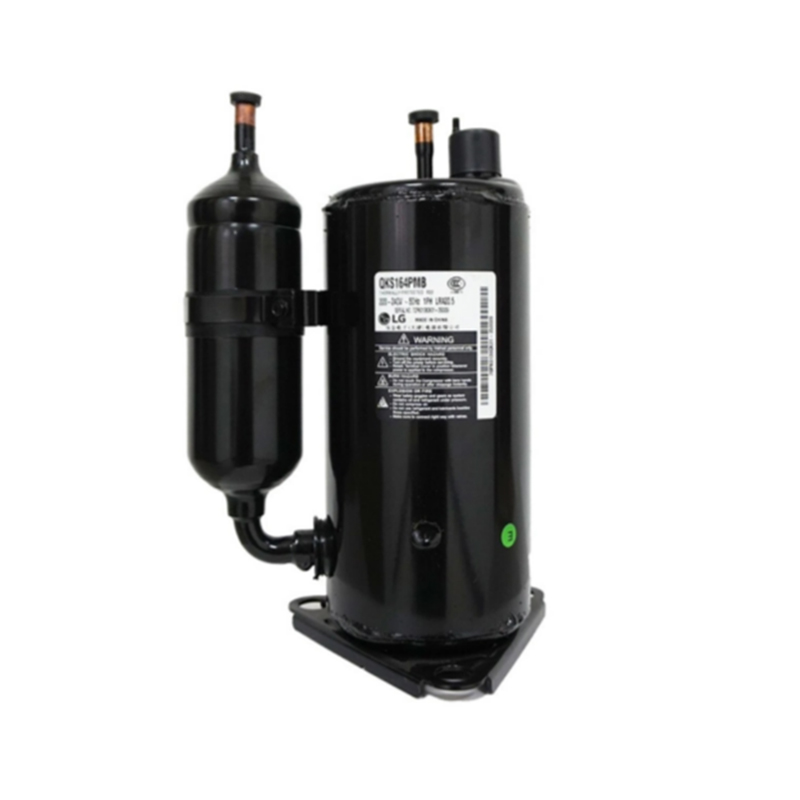- Home
- About Us
- Product
- Capacitor
- Air-Conditioner Parts
- Compressor
- Universal A/C Control System & Remote
- Temperature Controller
- Contactor & Transformer
- Relay & Overload & Delay Timer
- Indoor And Outdoor Air Conditioning Motor
- Defrost Timer
- Thermostat Guard
- Select Switch
- Fan Blade
- Air Conditioner Bracket
- A/C Flow Deflector & A/C Service Bag
- High Pressure Washer
- Charging Valve & Capillary & Wave Tube
- All A/C Brands Sensor
- Insulation tuber
- Refrigerator Parts
- Refrigeration Parts
- Axial Fan
- Microcomputer Temperature Control
- Voltage Protector
- Vacuum Pump & Refrigerant Recovery Unit & Scale
- Brass & Copper Fitting
- Installation Material
- PVC Air Curtain
- Condensate Drain Pump
- Refrigerant
- Copper Tube
- Filter Drier & Oil Separator For Refrigeration System
- Vibration Absorber
- Control Valve & Fitting & Component
- Manifold Gauge
- Thermometer
- Air Curtain
- Condenser Unit
- Condensing Unit
- AC Cooling Fan
- Refrigerant Leak Detector
- Latch & Hinge
- Washing Machine Parts
- Home Appliances Parts
- Instruments&Tools
- Resources
- News
- Contact Us
Web Menu
- Home
- About Us
- Product
- Capacitor
- Air-Conditioner Parts
- Compressor
- Universal A/C Control System & Remote
- Temperature Controller
- Contactor & Transformer
- Relay & Overload & Delay Timer
- Indoor And Outdoor Air Conditioning Motor
- Defrost Timer
- Thermostat Guard
- Select Switch
- Fan Blade
- Air Conditioner Bracket
- A/C Flow Deflector & A/C Service Bag
- High Pressure Washer
- Charging Valve & Capillary & Wave Tube
- All A/C Brands Sensor
- Insulation tuber
- Refrigerator Parts
- Refrigeration Parts
- Axial Fan
- Microcomputer Temperature Control
- Voltage Protector
- Vacuum Pump & Refrigerant Recovery Unit & Scale
- Brass & Copper Fitting
- Installation Material
- PVC Air Curtain
- Condensate Drain Pump
- Refrigerant
- Copper Tube
- Filter Drier & Oil Separator For Refrigeration System
- Vibration Absorber
- Control Valve & Fitting & Component
- Manifold Gauge
- Thermometer
- Air Curtain
- Condenser Unit
- Condensing Unit
- AC Cooling Fan
- Refrigerant Leak Detector
- Latch & Hinge
- Washing Machine Parts
- Home Appliances Parts
- Instruments&Tools
- Resources
- News
- Contact Us
Product Search
Exit Menu

Defrost Timer: A Critical Component in Refrigeration Systems
Posted by Admin | 14 Nov
One of the unsung heroes that contribute to this efficiency is the defrost timer. This small but crucial component helps prevent ice build-up in refrigerators and freezers, ensuring that the appliance operates smoothly and maintains the correct temperature.
How Does a Defrost Timer Work?
A typical defrost timer operates in cycles, alternating between cooling and defrosting modes. Here’s a simplified breakdown of how it functions:
Cooling Cycle: During the cooling cycle, the defrost timer allows the compressor to run. This keeps the refrigerant circulating through the evaporator coils, which absorbs heat and maintains the desired low temperature inside the refrigerator or freezer.
Defrost Cycle: The defrost timer will activate after a set period of time (usually every 8 to 12 hours, depending on the appliance). When it enters the defrost cycle, it switches off the compressor and turns on the defrost heater. The heater warms the evaporator coils, melting any ice that has accumulated.
Cycle Reset: Once the defrost cycle is complete, the defrost timer switches back to the cooling mode. The compressor resumes operation, and the cycle continues. This ensures that the evaporator coils stay free of ice build-up, allowing the refrigerator or freezer to function efficiently.
Types of Defrost Timers
Defrost timers come in two main types: mechanical and electronic.
Mechanical Defrost Timers: These are older models and use a simple timer motor to regulate the defrost cycle. They typically have a dial that can be manually set to control the cycle duration. The mechanical timer is less accurate compared to electronic timers and may wear out over time.
Electronic Defrost Timers: These timers are more precise and efficient. They use digital controls and sensors to monitor the appliance’s internal conditions, such as temperature and humidity. This allows for more accurate timing of the defrost cycles, leading to better performance and energy efficiency.
Why is the Defrost Timer Important?
Preventing Ice Build-up: The primary function of the defrost timer is to prevent frost and ice accumulation on the evaporator coils. Ice build-up can block airflow, reducing cooling efficiency and making the refrigerator or freezer work harder, consuming more energy.
Maintaining Proper Temperature: By regulating defrost cycles, the timer ensures that the appliance maintains an optimal temperature. This is especially important in refrigerators, as maintaining a constant cool environment prevents food spoilage.
Energy Efficiency: Without a defrost timer, a refrigerator would need to run continuously, leading to higher energy consumption. The defrost timer ensures that the appliance operates only when necessary, leading to more energy-efficient operation.
Prolonging Appliance Lifespan: By ensuring the refrigeration system doesn’t overwork itself or freeze up, the defrost timer helps extend the lifespan of the appliance.
Common Problems with Defrost Timers
While defrost timers are designed to be reliable, they can develop problems over time. Some common issues include:
Failure to Activate: If the defrost timer fails to switch to the defrost cycle, ice can build up on the evaporator coils, impairing the refrigerator's cooling ability.
Stuck in Defrost Mode: In some cases, the timer may get stuck in the defrost cycle, preventing the appliance from cooling. This can cause the temperature to rise inside the refrigerator or freezer, leading to spoiled food.
Short-Circuiting or Malfunctions: Mechanical defrost timers, in particular, are prone to wear and tear. Over time, the gears and components inside the timer can wear out, leading to malfunction.
Efficient charging, stable output, capacitor, thefirst choice for electric drive.
- Address: North of Funing Rd., Helixi Economic and Technology Development Zone, Ningguo, Anhui, China
- Phone/WhatsApp: +86-18110862602
- Email: [email protected]
If you have anything to consult, you canfollow us, we will contact you as soon aspossible
Copyright © Ningguo Kingcool Import and Export Co., Ltd All Rights Reserved. Custom HVAC Parts & Accessories Suppliers


















